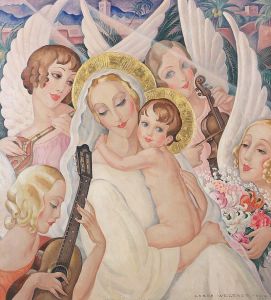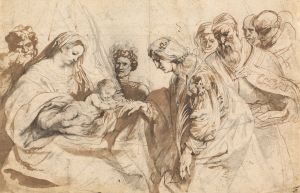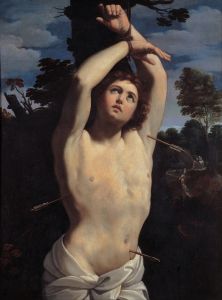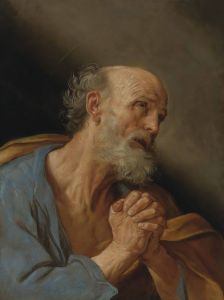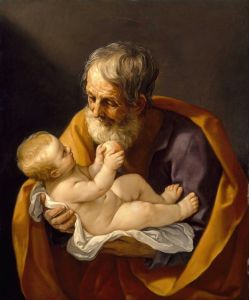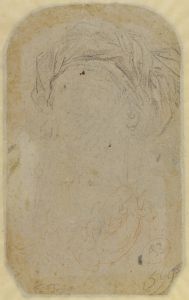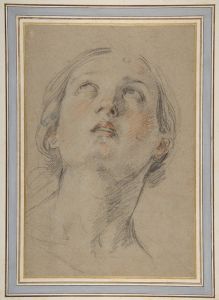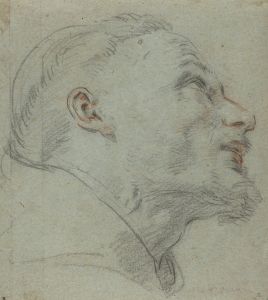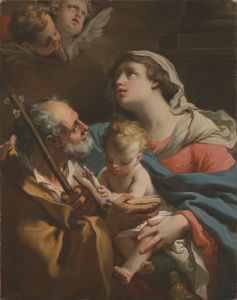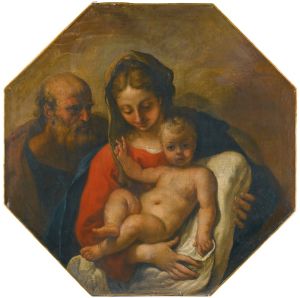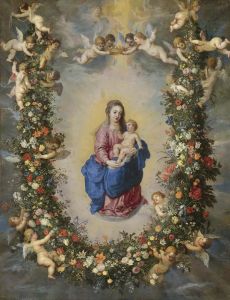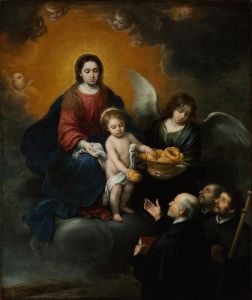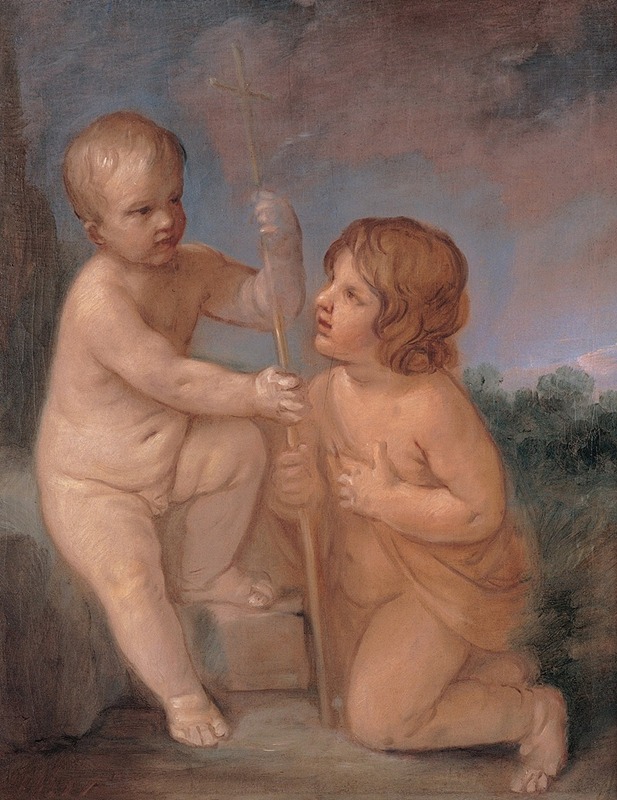
The Infant Jesus And St. John
A hand-painted replica of Guido Reni’s masterpiece The Infant Jesus And St. John, meticulously crafted by professional artists to capture the true essence of the original. Each piece is created with museum-quality canvas and rare mineral pigments, carefully painted by experienced artists with delicate brushstrokes and rich, layered colors to perfectly recreate the texture of the original artwork. Unlike machine-printed reproductions, this hand-painted version brings the painting to life, infused with the artist’s emotions and skill in every stroke. Whether for personal collection or home decoration, it instantly elevates the artistic atmosphere of any space.
"The Infant Jesus and St. John" is a painting by the Italian Baroque artist Guido Reni. Reni, born in Bologna in 1575, was a prominent painter of the early 17th century, known for his graceful and delicate style that often depicted religious themes. This particular work exemplifies his skill in capturing the innocence and sanctity of his subjects.
The painting portrays the infant Jesus and St. John the Baptist as children, a common theme in Christian art that emphasizes the close relationship between the two figures, who are cousins according to the New Testament. In the composition, the infant Jesus is typically depicted with a serene and divine expression, while St. John the Baptist, often identifiable by his camel hair garment and a reed cross, shows a more contemplative or adoring demeanor.
Reni's use of soft, diffused light and delicate color palette enhances the tender and intimate atmosphere of the scene. The figures are rendered with a high degree of naturalism, yet they also possess an idealized beauty that is characteristic of Reni's work. The artist's mastery of chiaroscuro, the contrast between light and dark, adds depth and volume to the figures, making them appear almost three-dimensional.
The painting is also notable for its composition. Reni often employed a pyramidal structure in his works, which can be seen here in the arrangement of the two children. This compositional technique not only provides a sense of stability and harmony but also draws the viewer's eye towards the central figures, emphasizing their importance.
"The Infant Jesus and St. John" reflects the influence of the Carracci family, particularly Annibale Carracci, under whom Reni studied. The Carracci were instrumental in the development of the Baroque style in Bologna, advocating for a return to the classical principles of the High Renaissance while incorporating the dynamism and emotional intensity of the Baroque.
Reni's work was highly sought after during his lifetime, and he received numerous commissions from both religious and secular patrons. His reputation extended beyond Italy, influencing artists across Europe. "The Infant Jesus and St. John" is a testament to his ability to convey deep religious sentiment through his art, making him one of the most celebrated painters of his time.
Today, "The Infant Jesus and St. John" is housed in a prominent art collection, where it continues to be admired for its artistic and historical significance. The painting remains an excellent example of Guido Reni's contribution to Baroque art and his enduring legacy in the history of Western painting.






